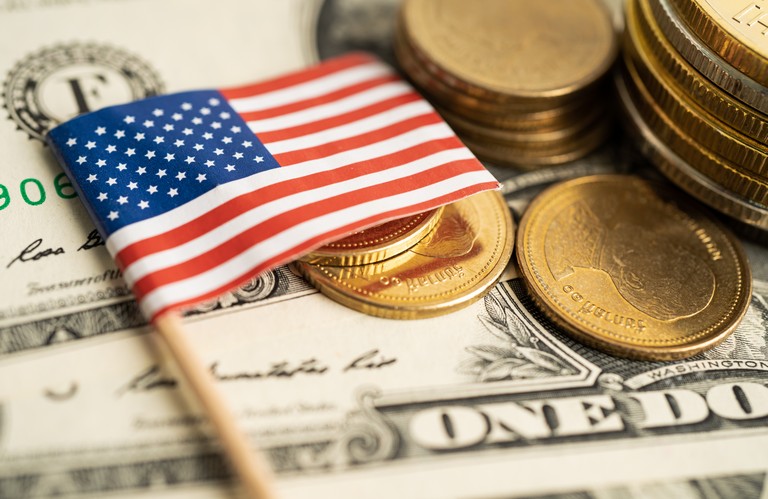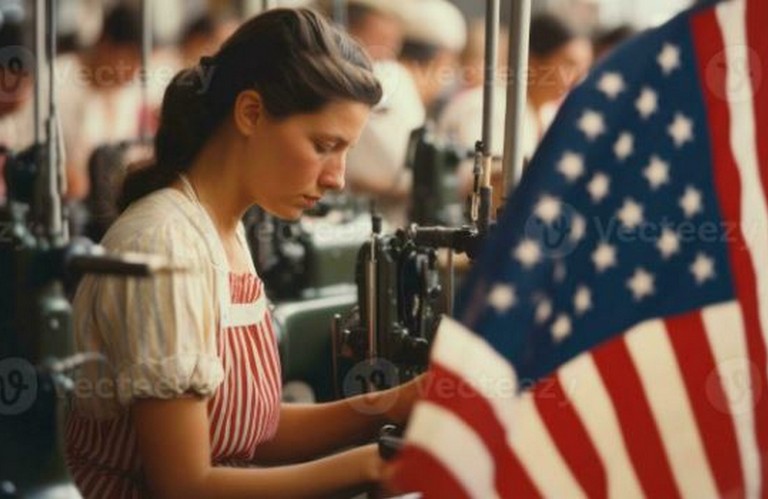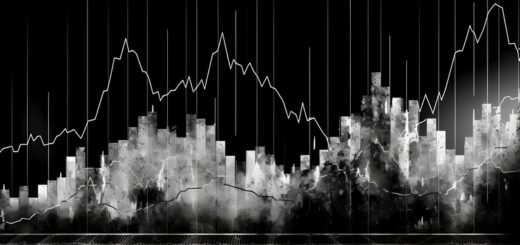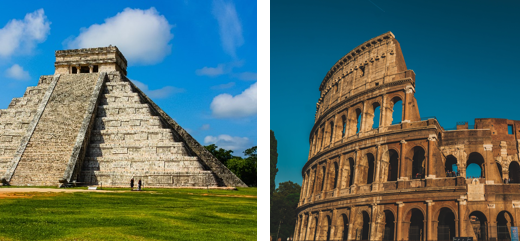U.S. Economic Boom in the 1950s
The U.S. experienced a remarkable economic boom during the 1950s, characterized by robust economic growth, increased consumer spending, and a general sense of prosperity. Several factors contributed to this period of economic expansion:-

Post-War Recovery
The 1950s marked the post-war recovery period after World War II. The U.S. emerged from the war relatively unscathed compared to other nations, allowing for a rapid transition to peacetime production.
The GI Bill
The Servicemen’s Readjustment Act of 1944, commonly known as the GI Bill, provided returning veterans with education, training, and housing benefits. This contributed to a more skilled and educated workforce.
Technological Advances
The 1950s witnessed significant technological advancements, particularly in the fields of electronics, aviation, and manufacturing. The widespread adoption of new technologies increased productivity and efficiency.
Automobile Industry Boom
The 1950s saw a surge in the automobile industry. Increased consumer demand for cars, along with innovations like planned obsolescence, led to the mass production of vehicles.
Suburbanization
The post-war era witnessed a suburbanization trend, with many Americans moving out of urban areas into newly developed suburbs. This movement was supported by increased homeownership facilitated by government-backed mortgages.
Consumer Culture
A culture of consumerism took root in the 1950s. Americans had more disposable income, and there was a growing emphasis on owning modern appliances, homes, and other consumer goods.
Baby Boom
The post-war period saw a significant increase in the birth rate, known as the Baby Boom. This demographic trend created a large consumer base, contributing to increased demand for goods and services.
Expansion of Credit
The availability of credit expanded during the 1950s. This allowed consumers to make purchases on credit, further stimulating economic activity.
Government Spending
The Korean War (1950-1953) led to increased government spending on defense, contributing to economic growth. Additionally, government-funded infrastructure projects, such as the construction of the interstate highway system, created jobs and stimulated the economy.
Stable Prices and Low Inflation
During the 1950s, the U.S. experienced relatively stable prices and low inflation, contributing to a favorable economic environment.
Rise of Television
The widespread adoption of television during the 1950s created new opportunities for advertising, influencing consumer behavior and driving economic growth in various industries.
Labor Market Stability
The labor market was relatively stable during this period, with low unemployment rates, strong union influence, and a growing middle class.
The combination of these factors resulted in a period of sustained economic growth and prosperity during the 1950s, often referred to as the “Eisenhower Boom” after President Dwight D. Eisenhower, who served from 1953 to 1961.









